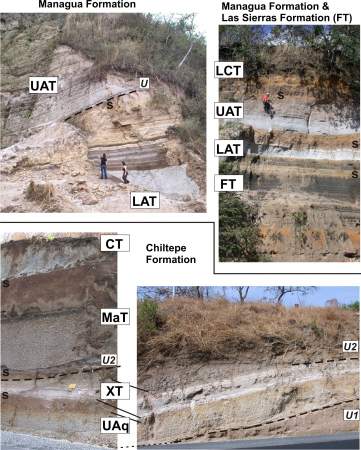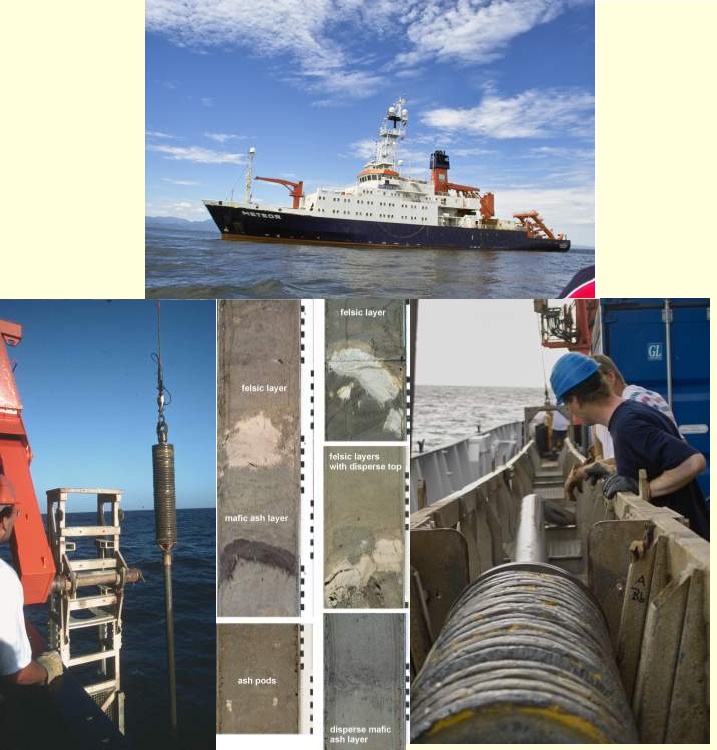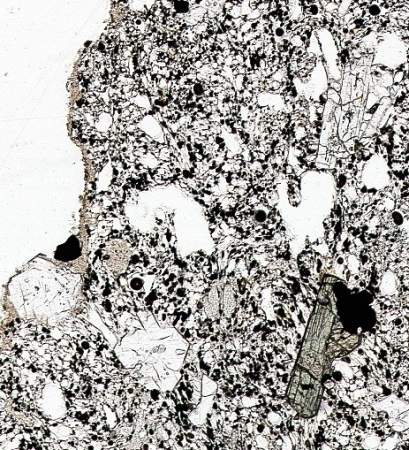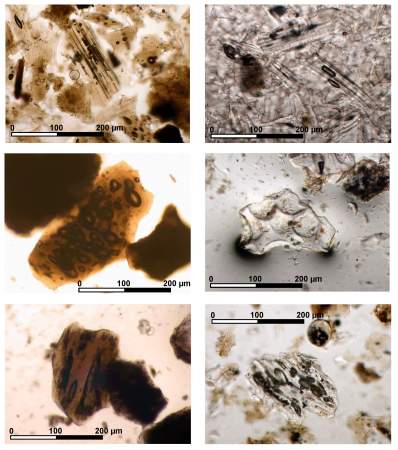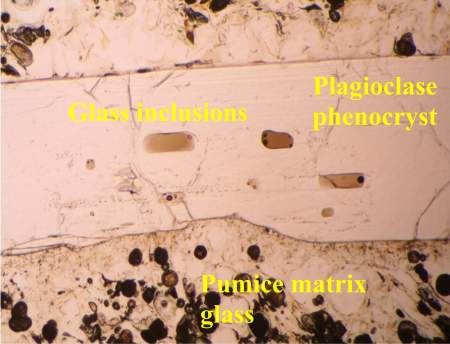 Web Content Display Web Content Display
MethodsField work in Central America had three goals:
Figure 3: Photographs showing tephra sequences of the Managua and Las Sierras (top right) and Chiltepe Formation (bottom left). LCT= La Concepción Tephra, UAT= Upper Appoyo Tephra, LAT= Lower Apoyo Tephra, FT= Fontana Tephra, CT=Chiltepe Tephra, MaT= Mateare Tephra, XT= Xiloá Tephra, UAq= Upper Apoyeque Tephra. s= intercalated paleosols and sediments. U1 and U2 are unconformities discussed in the text; U in top-left photo is an unconformity between LAT and UAT at the Apoyo crater rim. Top left: Loc. A003, Apoyo caldera rim at Diria (UTM E0603646, N1315040) showing white LAT pumice fall overlain by brown stratified phreatomagmatic fall, and UAT-1 stratified pumice fall above unconformity U. Top right: Loc. A55 in San Marcos (E0586466, N1318229) with conformable succession from FT to UAT; the unconformity (U4 in text) below LCT cannot be seen here. Bottom left: Loc. A96 at road Mateare-Nagarote (E0558032, N1355523) with succession from UAq to CT; note thin black top of zoned MaT and unconformity U2 cutting through XT. Bottom right: Loc. A116 at road Mateare-Nagarote (E0556576, N1356425) where UAq and XT overlie unconformity U1 on top of the Mateare Formation, and XT is cut by U2. Marine sediment piston-coring on RV METEOR (M54 and M66) and RV SONNE (SO173) cruises (total 66 ship days) was necessary since westward-driven fallout deposits can only be traced for <30 km on land before reaching the Pacific coast. More distal data on ash distribution is required for realistic volume determinations. Moreover, sediment cores contain tephra layers not preserved on land.
Figure 5: Research vessel Meteor and the gravity coring device Radiocarbon 14C dating was done at the Leibniz Laboratory for Radiometric Dating and Isotope Research at Kiel University. K-contents of glasses in marine tephra samples were too low to successfully apply 40Ar/39Ar dating. Petrographic study of thin sections from all eruptive units provided textural characteristics and modal compositions necessary to understand petrogenetic processes and to constrain stratigraphic correlations.
Microphotographs showing different mafic and felsic glass shards from marine ash layers (left) and part of a thin section from a pumice clast with minerals and glass matrix XRF bulk-rock chemical analyses and titration analysis for H2O and CO2 were carried out on samples from all deposits. ICP-MS trace element analyses were done on a selected suite of samples at the Institute of Geosciences at Kiel University. Major and trace element data were used to support stratigraphic correlations, determine compositional gradients of eruptive sequences, and constrain petrogenetic processes. Electron microprobe analysis of minerals and inclusion and matrix glasses was a major tool in our project. Mineral and glass compositions supported stratigraphic correlations especially of the marine ash layers. Mineral compositions also allowed to determine intrinsic magmatic P-T parameters. Microprobe analyses of S, Cl, and F concentrations in inclusion and matrix glasses formed the basis of our estimates of volatile release during eruptions.
Figure: Glass inclusions hosted within a plagioclase phenocryst and a pumice glass matrix (right) The determination of other volatile components in glasses using FTIR (for H2O, CO2) and Synchroton-XRF (B, traces) as well as spot analyses of glasses for trace elements using Laser- ICP-MS at Frankfurt University. These data are used for our volatile release budgeting, aid our petrogenetic modelling and facilitate correlations of marine tephra.de |
 Events Events
Kieler Wissenschaftler fühlen den 'Puls der Erde' Wie funktioniert die Recyclingmaschine der Erde?Nach elf Jahren endet der Kieler Sonderforschungsbereich 574 zu Subduktionszonen Final colloquium of SFB 574 Teilprojekt ÖffentlichkeitsarbeitMEERESFORSCHUNG FÜR MICH UND DICH |
|
©SFB574 // Wischhofstrasse 1-3 // D-24148 Kiel // T. +49 (0)431 600 1413 // elange [AT] geomar.de






